At first introduction to Aesthetic, an independent design house based in Portland, we at Darling were immediately impressed. A unique eye for branded beauty, everything they produce clearly demonstrates an ability to use images to convey meaning and tell stories — especially for creative industries. So when they introduced the idea of a limited series featuring female artist interviews, we jumped at the chance to collaborate.
Below is the first of three Aesthetic-led conversations with inspiring women who are carving out a career for themselves and their art. Each conversation is centered around a different theme, but every conversation will hopefully enable you to find your own art-infused application. Enjoy.
***
SHIELA LAUFER is a printmaker living in Portland, Oregon. Her focus on pattern work, letterpress and traditional techniques sets her work apart from most. With an admiral sense of self and a striking stance on balance amongst “the hustle,” we find ourselves in the thick of a very common topic amongst artists: Balance.
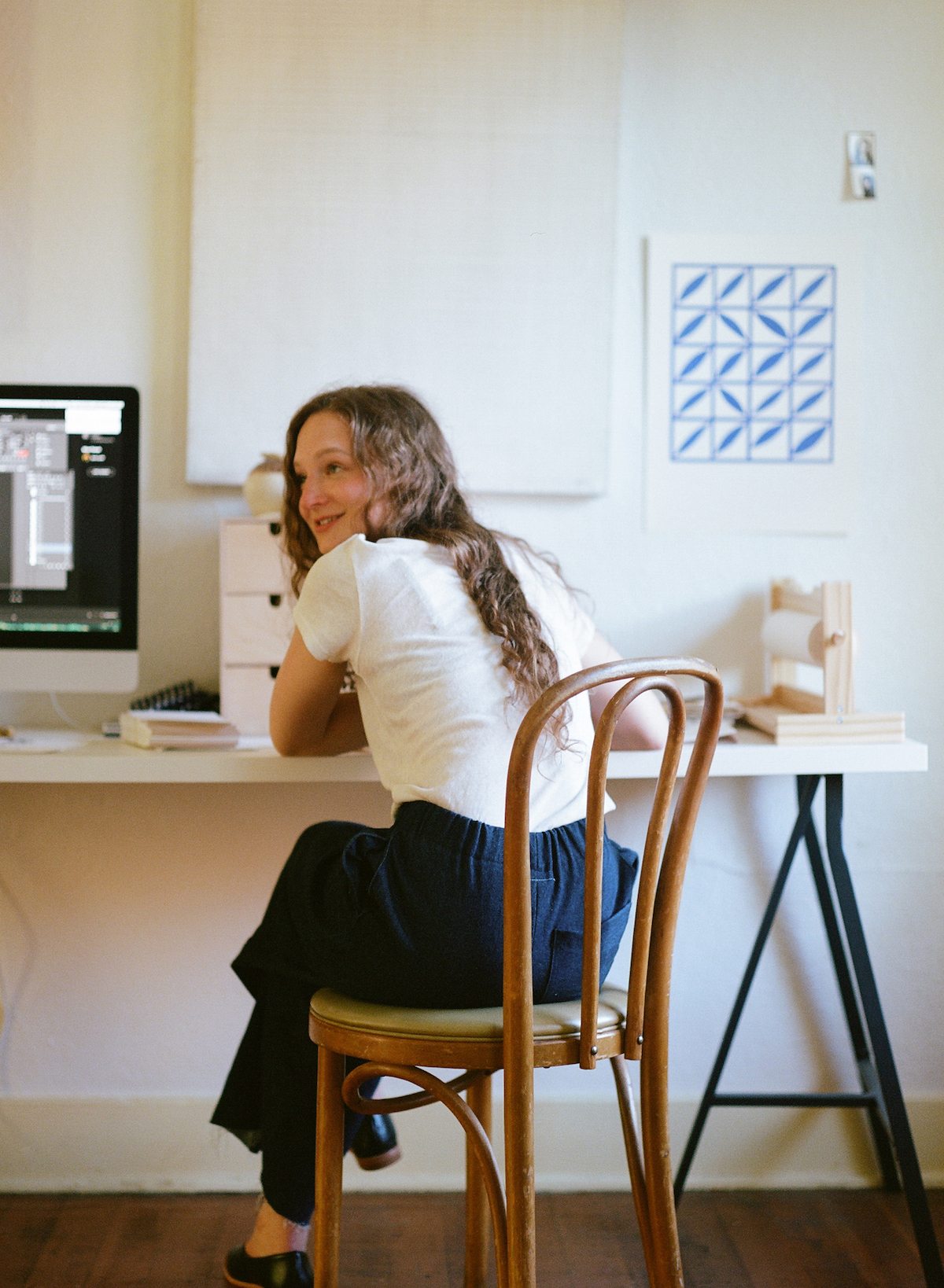
AES: How long have you been pursuing art full-time?
Shiela Laufer: I came to Portland seven years ago to attend art school. Since then it’s been a more serious pursuit. Shortly after graduating, I began working at a print shop and it was then that everything began to feel more real – partially because I had access to a studio which allowed me to continue my printmaking practice. Since that time, I’ve been trying to find the balance between doing well at my job and making art. I’ve been pursing that balance for about two and a half years and it’s definitely still had everyday.
AES: That struggle to find a balance definitely doesn’t seem talked about enough. Even for us—we’ve been in a creative pursuit for a similar amount of time, and there’s still those moments where you have to choose where to make a sacrifice, whether it’s time spent or how much money can go to groceries.
Have you felt a significant shift in the type of work that you’re getting at any point in your career thus far? More or less what you envisioned yourself accepting? Are you able to be more selective?
SL: The shift didn’t happen as much in the type of work, but rather in my own mindset. I realized that, for the most part, commercial illustration wasn’t the right fit for me. The change happened more in the kind of projects I accept. The publication or project needed to have a certain level of significance to me, or the implementation had to interest me.
I realized that I’d rather be making “art” than a product. This change mostly came about when I realized I was working way too hard for way too many hours toward an end product I wasn’t’ particularly excited about. And then I’d realize that I was spending less and less time making art for myself.
Another major factor that cause a creative shift for me was embracing a “less efficient” route for some of my work. In school there was a lot of focus on digital illustration. Photoshop is a very effective tool in the competitive and fast passed world of commercial illustration, but I realized that I’d rather spend ten hours printmaking than sitting at a computer. This was very liberating for me. The tangible process makes a difference.
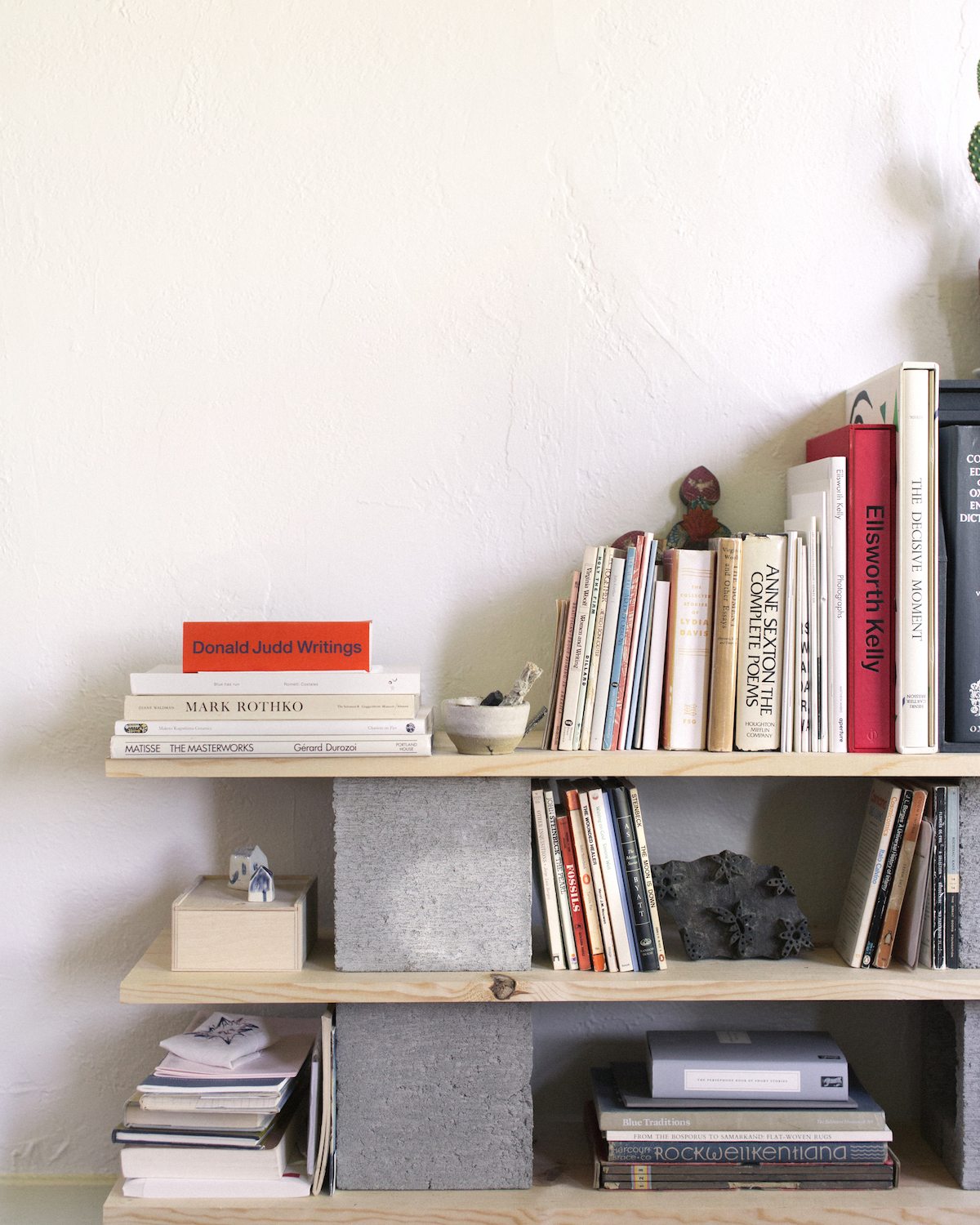
AES: Are there any downsides to the differences the “tangible” route makes?
SL: It takes a long time. There is a lot of process in printmaking, which in part is why I’m drawn to it. You’re likely to make an irreversible mistake if you’re rushing, so you have to take your time and be deliberate.
AES: Do you feel like you’ve developed a distinct style? What led up to knowing this?
SL: “Personal Voice” is something that gets repeated over and over again in school- that distinguishing yourself is important. I’ve dwelled on this a lot over the past few years, and I often overthink it. More than anything, I think there are a few reoccurring concepts in my work that give it that sense of “personal voice”.
For example, the “leaf shape” has been really significant. It’s derived from a motif in Pennsylvania Dutch art. I’ve been drawing the shape and implementing it into my art for some time but it’s often felt too direct. I think I’ve finally distilled the motif down to it’s essential part, the “leaf shape” and I’ve since been able to use it in new ways.
AES: Was that intentional?
SL: It was something I realized after the fact. I realized I had used that shape in a whole new way. It’s a really validating feeling -thinking you’re doing something completely new, but you’re actually utilizing what’s always been there.
We’re all influenced so much through the internet and artistic friends, and it feels so difficult to cut through all that and find what’s truly yours. Sometimes I feel like personal voice is a little bit of a myth. Sometimes I get so caught up in wondering if a sketch is “unique enough” and I think that can really inhibit you from bringing your work to completion. I’m trying to be more spontaneous, even if an idea feels a little silly.
Sometimes I get so caught up in wondering if a sketch is ‘unique enough’ and I think that can really inhibit you from bringing your work to completion.
AES: How often do you find time to rest in your week? What does the act of leisure look like for you and how do you separate it from your work?
SL: I think taking time to slow down is really important. Making things is amazing and valuable, but so is getting drinks with your friends. I’ll often think of things that would be considered chores and try to turn them into these moments where I consciously stop what I’m doing and create a change of scenery and be quiet.
Biking to work often takes this form to me. Instead of thinking about the time I’m wasting or how much further I have, I choose to use it as an opportunity to think. I definitely recharge when I’m alone—whether it’s taking care of laundry or heading to a coffee shop with my book on the weekend.
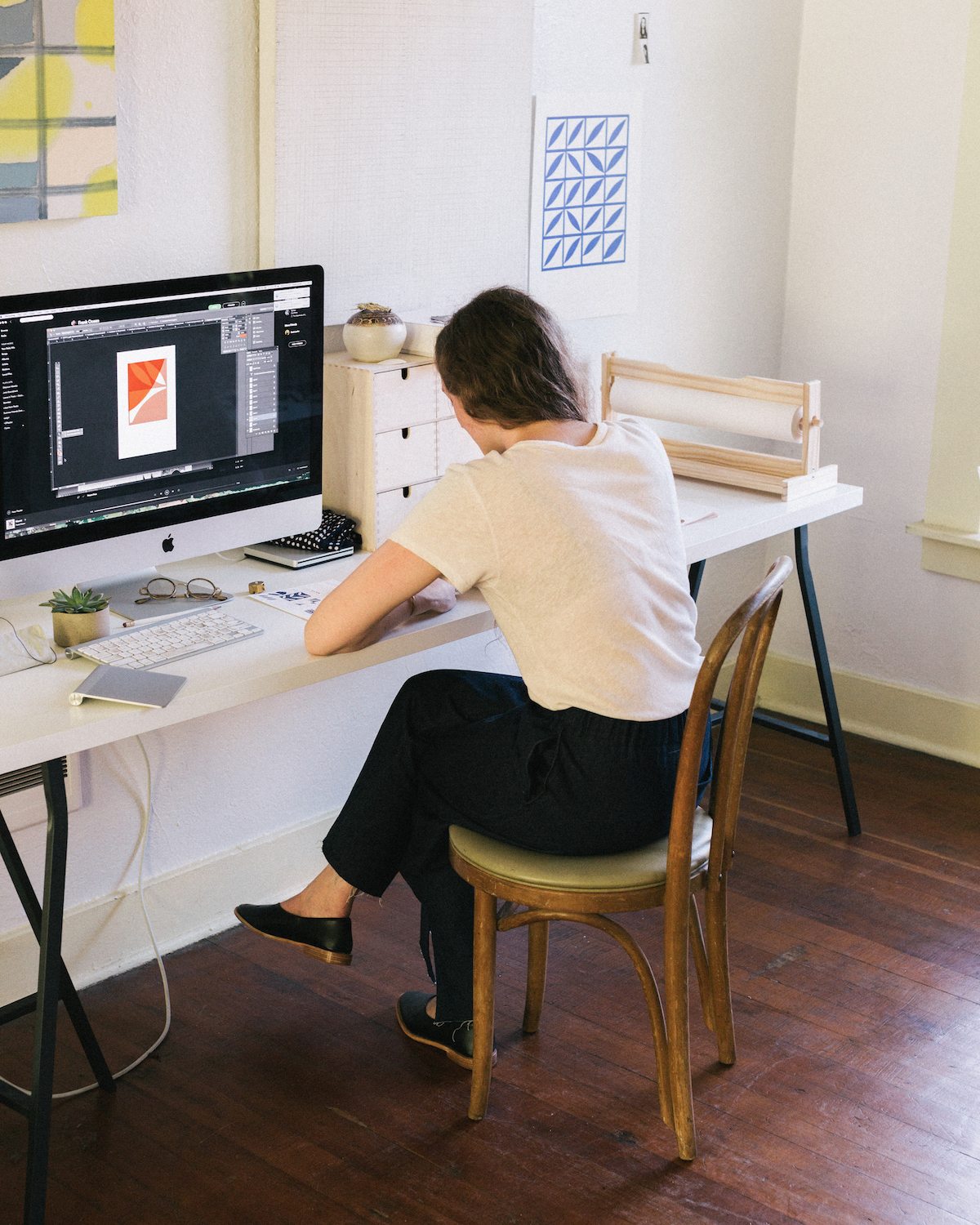
AES: What are some harsh realities you’ve encountered as an artist, and what words of advice do you wish you’d been given before you started down this path?
SL: I often find myself coveting that “perfect” artist lifestyle that we see all the time online. The more artists I meet, the more I find that most of us have “another” job that we do. I didn’t always think that was the case.
When I was in college, I would always have this idea in my head that I’d just “really try” to sustain myself by just making whatever art I could. Even falling in love with print media changed this vision, however—as there’s not really a straightforward career path for printmaking. I wish I’d known how expensive everything would be. Sometimes even the wasted paper from a project is enough to get you discouraged.
AES: Do you feel satisfied with yourself and your work?
SL: I do. I think that this partially is because I don’t think that my identity is completely wrapped up in my work. I’m fortunate enough to have really close relationships with all my family members, and I think those relationships as well as the community I’ve found in Portland are really substantive. Even though I make art, I still have interests outside of that which I’m able to give myself to in small ways and that brings a lot of fulfillment. It’s empowering to know that your artistic successes or failures don’t need to define you as a person or who you are to others.
It’s empowering to know that your artistic successes or failures don’t need to define you as a person or who you are to others.
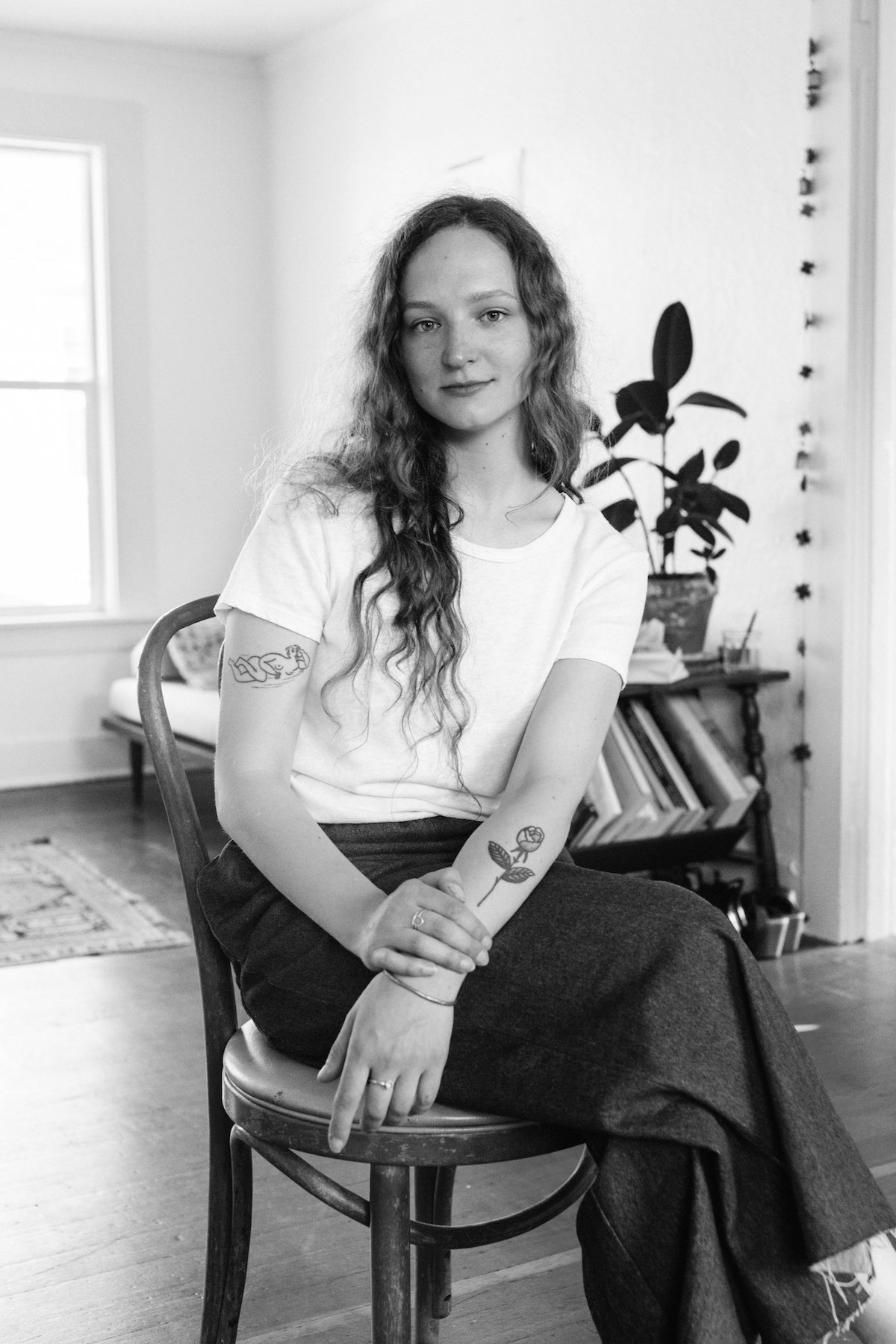
AES: What do you think is more important than the work you’re doing?
SL: Being a friend and “showing up” in my relationships is really important to me. Realizing when it’s appropriate to put a pause on your creative work to be there for others and work on relationships is very important. Wellness as a whole should be the most important.
AES: Are there specific people who pushed you to be who you are today?
SL: My mom and my sister have always been amazing sources of encouragement as well as honest feedback. I still talk to my parents often and have always felt empowered by the decisions they let me make, from going to art school to moving to the other side of the country. I had a professor in school named Abra Ancliffe who pushed me so far and I am so thankful for that. Her critique was always so inspired and constructive. Her whole practice has been really inspirational to me. The grace in which she teaches and makes art inspires me to be more earnest in what I do.
Find Shiela’s original screenprints in her shop here and stay connected with her on Instagram @shielalaufer.
Images via Aesthetic

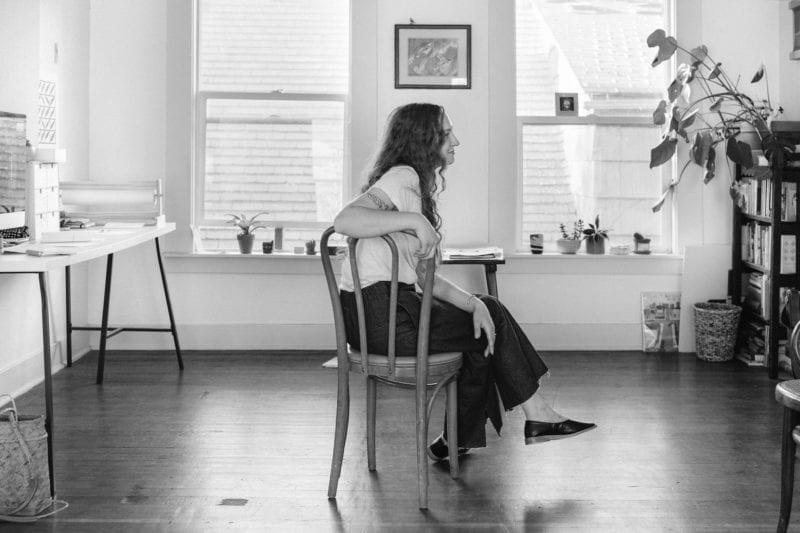
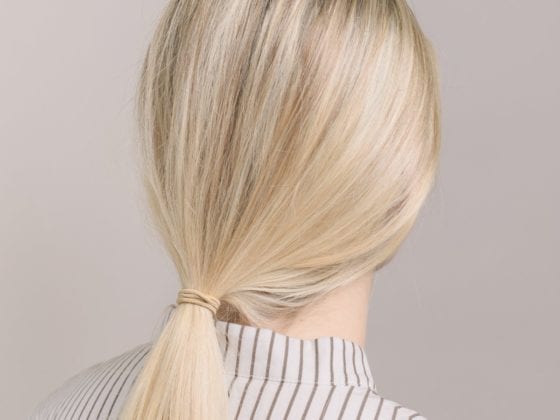
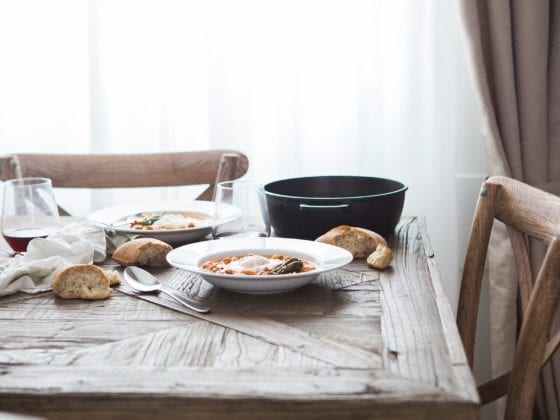
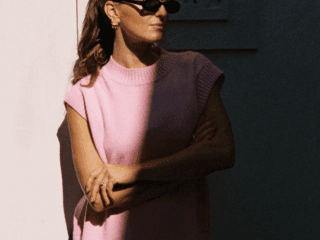
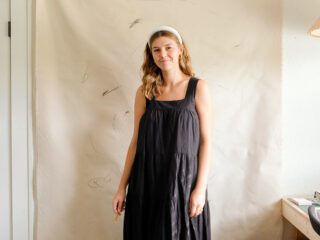
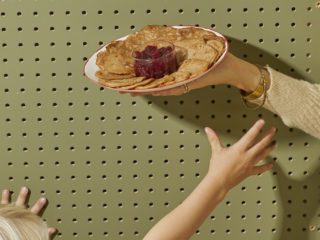
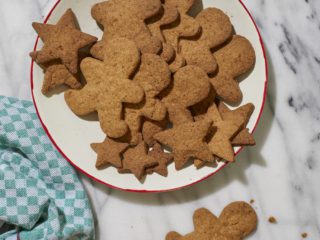
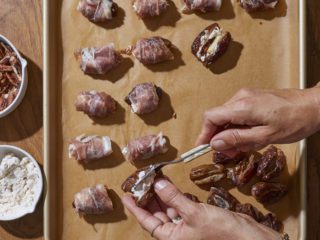

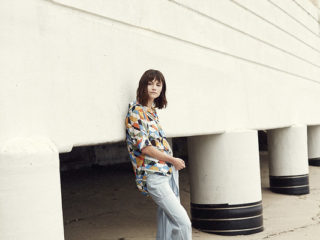
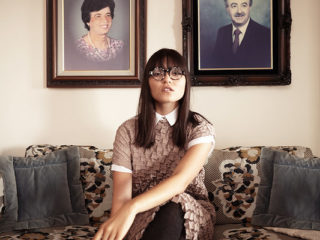
5 comments
Great Q&A! Sheila, the way you put this into words hit home for me: “I still have interests outside of that which I’m able to give myself to in small ways and that brings a lot of fulfillment. It’s empowering to know that your artistic successes or failures don’t need to define you as a person or who you are to others.” It’s very empowering.
Thank you for taking us inside your creative world. Enjoyed every bit of it.
Cheers!
This quote holds so much truth- “It’s empowering to know that your artistic successes or failures don’t need to define you as a person or who you are to others.” as a creative its so easy to define yourself by what you produce, how many projects you get, acceptances, etc. I’ve been trying to find a way to create full time since I had dual enrollment in art school in high school. I’ve had different creative type jobs over the past couple of years in an invitation/craft boutique, catering, planning events, etc. It has been a difficult journey since I got married young and became a mother young. I started free lance writing and photography this year and Im hoping to go back to school for Journalism. This article was really encouraging and inspiring, thanks darling!
Hannah
http://www.theblessedlittelife.squarespace.com
Really loved this piece. As a creative, it’s so hard to not take your failures so personally. Thank you for sharing your creative process with us all!
This quote had such an effect on me: “It’s empowering to know that your artistic successes or failures don’t need to define you as a person or who you are to others.”
It’s so easy to become overwhelmed and discouraged as an artist, which then can make it difficult to produce any creative work at all. Shiela’s words are a powerful reflection to meditate upon, and to me are comforting and inspiring!
I love that she was so determined to pursue art from a start. I can really feel her passion!
–
Charmaine Ng | Architecture & Lifestyle Blog
https://charmainenyw.com